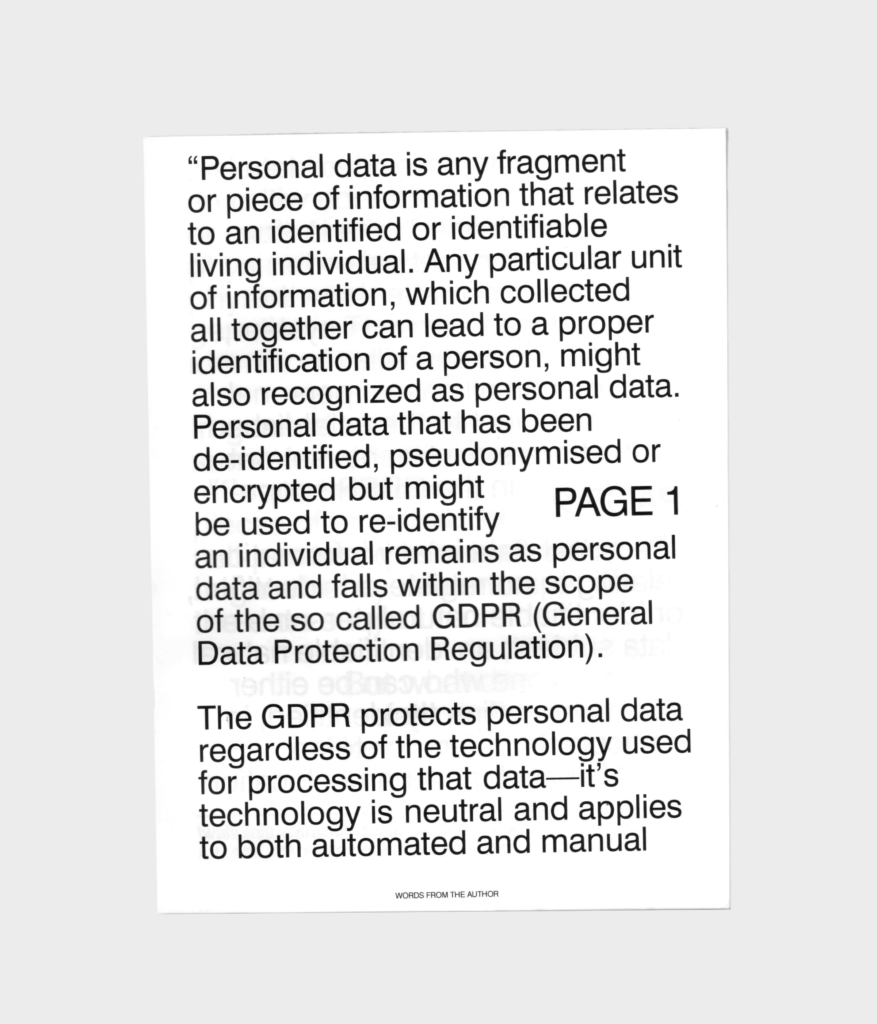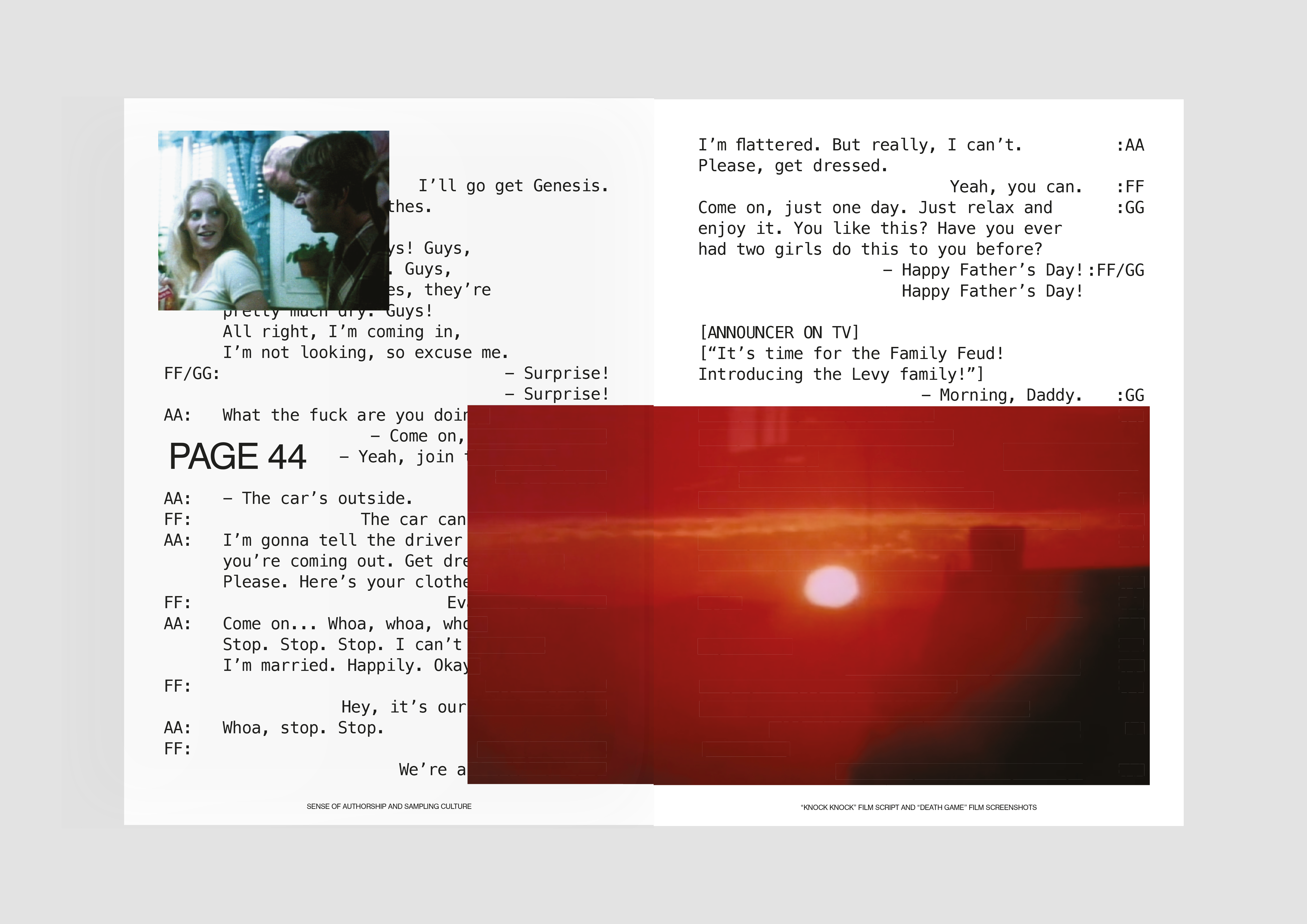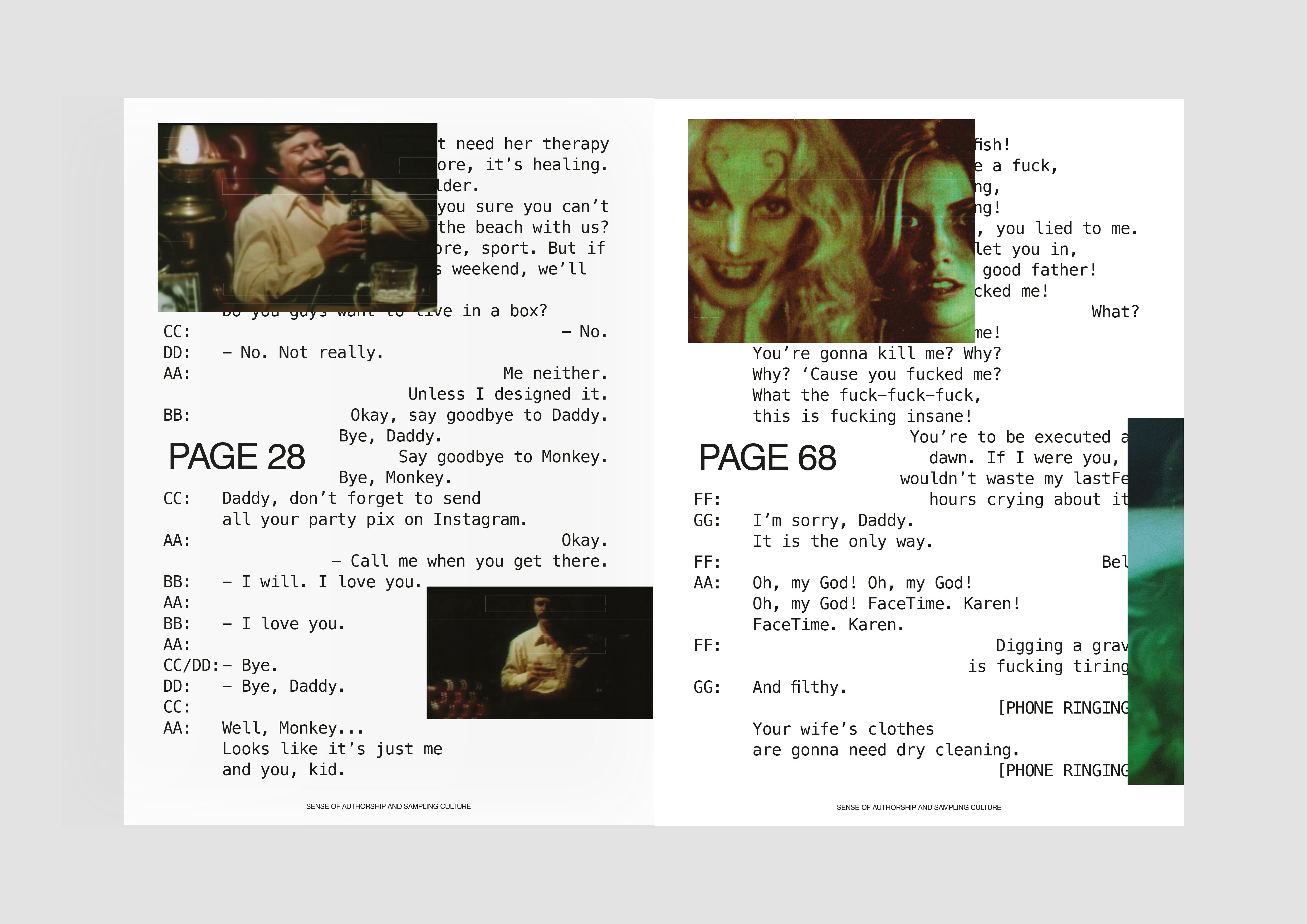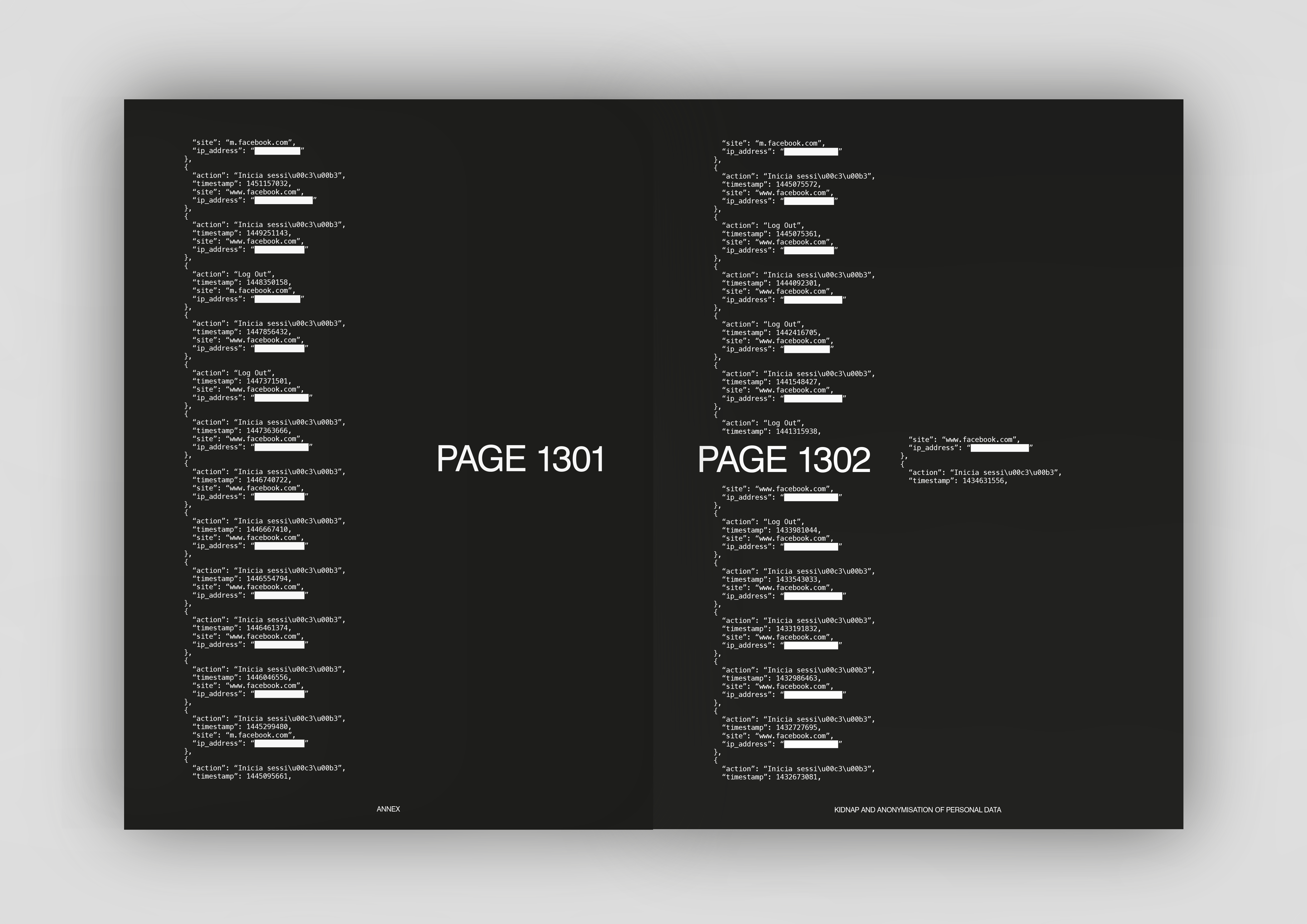ROBOBOOKS seminar
HFG KARLSRUHE (GE)(ERASMUS PROGRAM)
In 2019 I enrolled the HFG KarlsruheGE (Erasmus program) where I took the Robobooks Seminar imparted by Johnson/Kingston as part of the Leistungsschein KommunikationsdesignCOMMUNICATION DESIGN CERTIFICATE.
Can robots design books? There are decades between Karl Gerstner’s “Designing programs” and Armand Mevis’ thoughts on restrictions and exceptions, but the basic idea remains the same:
How can a set of design decisions be defined that is flexible enough to do justice to changing content?
Today the question arises: And how can these rules be represented in an automatism?
As an excuse to look at the possibilities of automated workflows, from InDesign scripts to data mining tools to print-on-demand solutions, the class and I examined various interfaces, and explored their possibilities and used the findings to develop our own workflow.
We worked with large amounts of information, specifically from our own Facebook profiles. Through selection, transformation and representation, we looked for ways to extract statements from this material and thus generate knowledge from data.
My project pretends to assess questions about the term of personal data and its use (or misuse) through two lenses.
Creative CONCEPT
Communication strategy
content and tone of voice
branding
UX/UI
Roughly we are all aware of the meaning of the personal data term. Intersoft Consulting Portal subscribes that:
And according to The European Commission:


KNOCK, KNOCK BOOK
The title of the book pays homage to the sampling culture and addresses to the subject of re-performing authorship developed within the context of an hypertexted environment, digital humanities and as part of various remix practices. The sense of authorship is put into perspective by directly stealing the name from the film ,,Knock Knock” (Eli Roth, 2015), which is actually a remake of the movie ,,Death Game” (Peter S. Traynor, 1977). Which in turn ironically attributes to the action of knocking a door in order to ask permission before entering to a room. Moreover, it relates to a subject of matter: the right to freely reproduce a user’s Facebook profile, in another context, platform and in a different visual, stylistic and language code (or record). Furthermore, it also deals with the concepts of authenticity, embodiment and appropriation (or kidnap) of data.
The original script from the ,,Knock Knock” film combined with images of the ,,Death Game” film to get the reader into de subject and to catch their attention.(below)
A self–produced foreword in order to understand the project’s ,,reason to be” but also to awake the reader’s critical thinking and to raise questions around the subject of matter.(above)



But what does personal data really represent? How can a scripted code work as representation of oneself? Is really personal data something that defines us?
A self–produced foreword in order to understand the project’s ,,reason to be” but also to awake the reader’s critical thinking and to raise questions around the subject of matter.
supervision
Prof. Ivan Weiss (Johnson / Kingston)
Prof. Michael Kryenbühl (Johnson / Kingston)
CREATIVE Concept and design
Gisela Ch. de Bruijn
Coding (java script – Basil.JS)
Gisela Ch. de Bruijn
Volume: 363 pages
Format: 170x230mm
Paper: Scritta paper
Printing: Digital printing (B/W)
Binding: Exposed glue binding
Missing book details
Soft cover
Volume: 365 pages
Format: 420 x 594 mm (A2)
Paper: HOLMEN Trnd 2.0. 90 g/sm
Printing: Not printed, it’s a blank book used as a canvas to project the “missing book.”
Binding: Glue binding.